Photo: Quarantine officers of the Department of Animal Husbandry, Veterinary and Fisheries seal animal quarantine
In fact, many households and farms applying biosafety procedures have significantly reduced the risk of disease outbreaks. From the input stage, farmers need to choose healthy breeds with clear origins and full veterinary quarantine certificates. Food and drinking water must be hygienic, free of bacteria and mold; absolutely limit the use of untreated leftover food.
Barns must be designed to be high and airy in the summer and warm in the winter. Regular cleaning, disinfection, and sterilization must be strictly maintained. Disinfection pits placed at the entrance, along with regulations requiring visitors and traders to comply with epidemic hygiene, are effective "fences" to protect livestock.
Proactively control epidemics
One of the key elements of biosecurity farming is disease management. Livestock must be fully vaccinated according to the veterinary industry's schedule. Farmers need to observe the health of livestock daily and promptly quarantine them when detecting unusual signs.
When an epidemic occurs, absolutely do not hide the epidemic, but immediately report it to the local veterinary staff for timely handling. In addition, the transportation, purchase and sale of animals must also be strictly managed. Only products that have passed quarantine and food safety inspection are allowed to circulate, contributing to preventing the disease from spreading widely.
Towards green, sustainable agriculture
Not only focusing on disease prevention, biosafety farming also emphasizes environmental protection. Collecting and treating waste with biogas tanks, biological bedding or microbial fermentation helps reduce odors and pollution, creating a source of renewable and environmentally friendly energy.
The benefits of this model have been clearly demonstrated: minimizing damage caused by epidemics, improving product quality, ensuring food safety, and stabilizing the livelihoods of livestock farmers. In particular, the synchronous application of biosecurity measures is the way to increase resistance, reduce the risk of disease transmission, and create a foundation for sustainable livestock development.
Biosafety farming is a “solid fence” to protect livestock, farmers’ livelihoods and public health. This is also an important key to building a modern, safe and sustainable agriculture – an inevitable direction for the livestock industry in the context of integration and climate change.
Source: https://sonnmt.sonla.gov.vn/nganh-chan-nuoi/chan-nuoi-an-toan-sinh-hoc-hang-rao-vung-chac-bao-ve-dan-vat-nuoi-936713


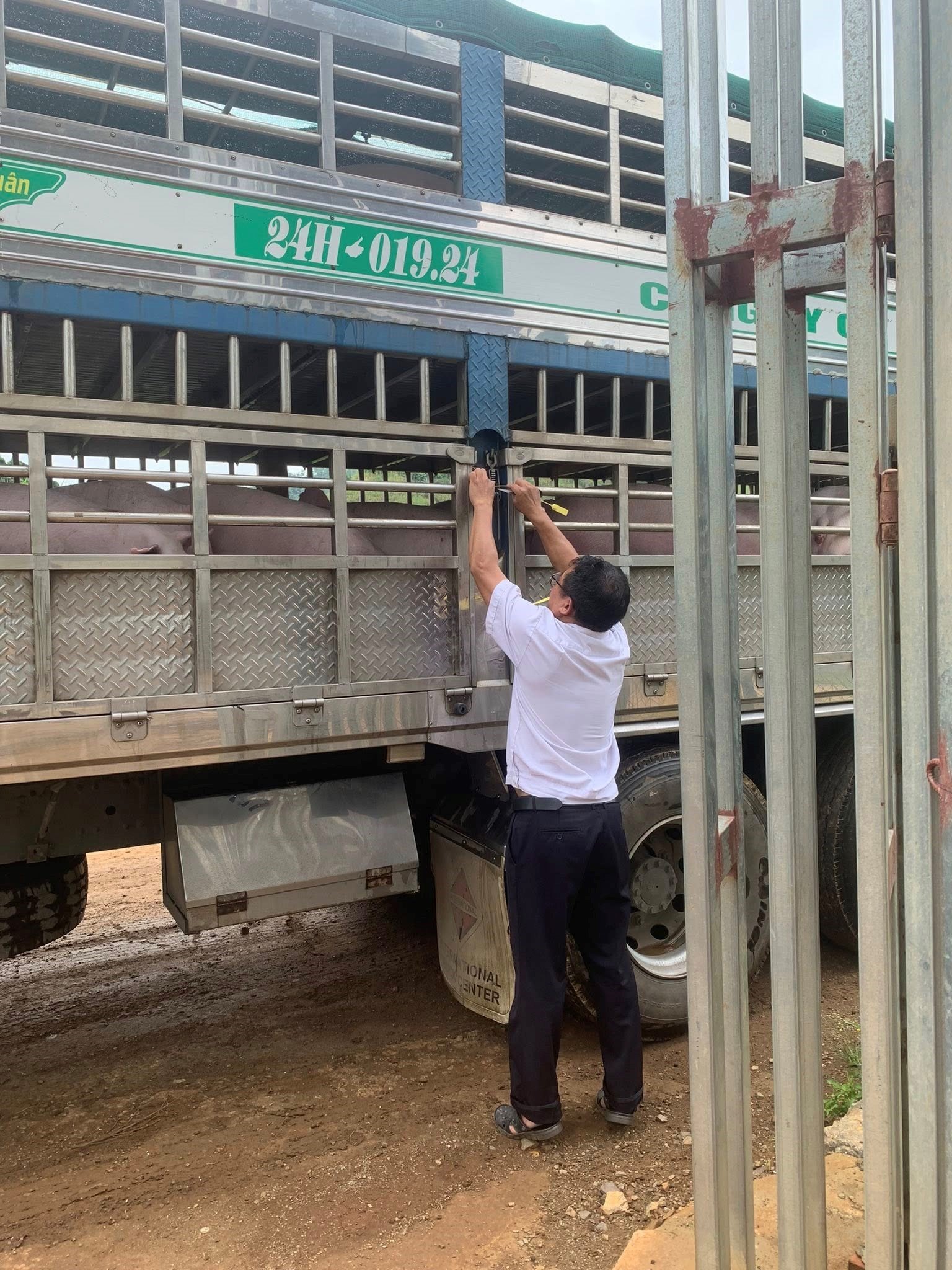
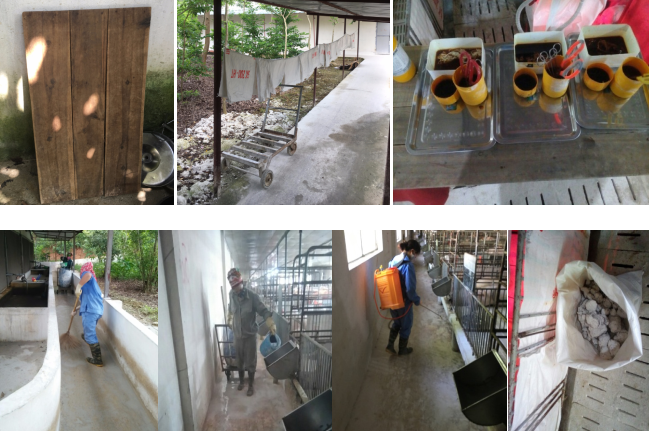


![[Photo] Keep your warehouse safe in all situations](https://vphoto.vietnam.vn/thumb/1200x675/vietnam/resource/IMAGE/2025/10/1/3eb4eceafe68497989865e7faa4e4d0e)
![[Photo] Hanoi morning of October 1: Prolonged flooding, people wade to work](https://vphoto.vietnam.vn/thumb/1200x675/vietnam/resource/IMAGE/2025/10/1/189be28938e3493fa26b2938efa2059e)
![[Photo] President of the Cuban National Assembly visits President Ho Chi Minh's Mausoleum](https://vphoto.vietnam.vn/thumb/1200x675/vietnam/resource/IMAGE/2025/10/1/39f1142310fc4dae9e3de4fcc9ac2ed0)



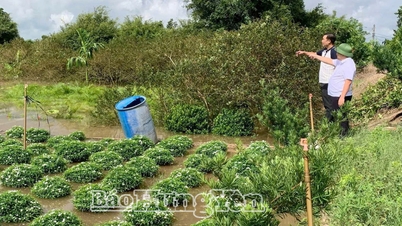

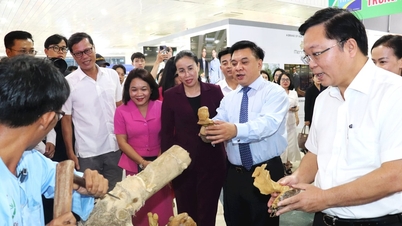

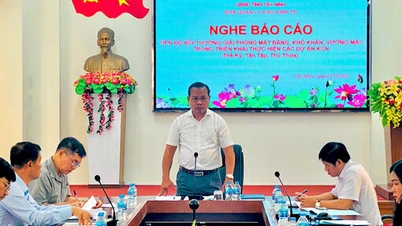

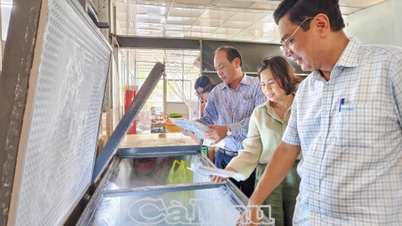

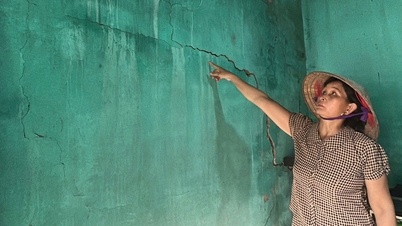





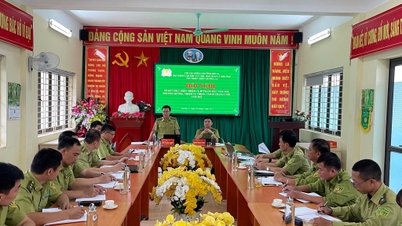


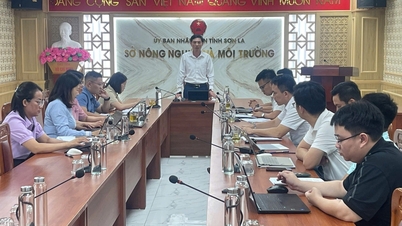

































































Comment (0)